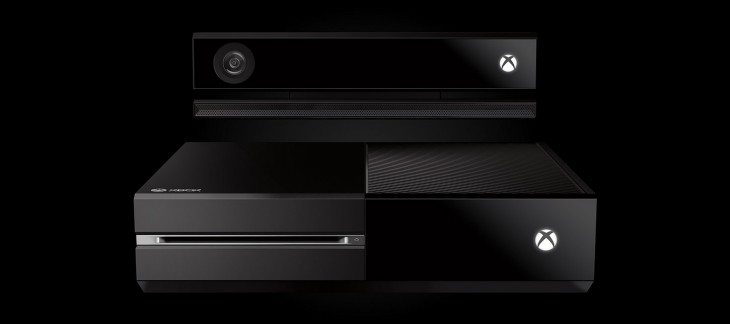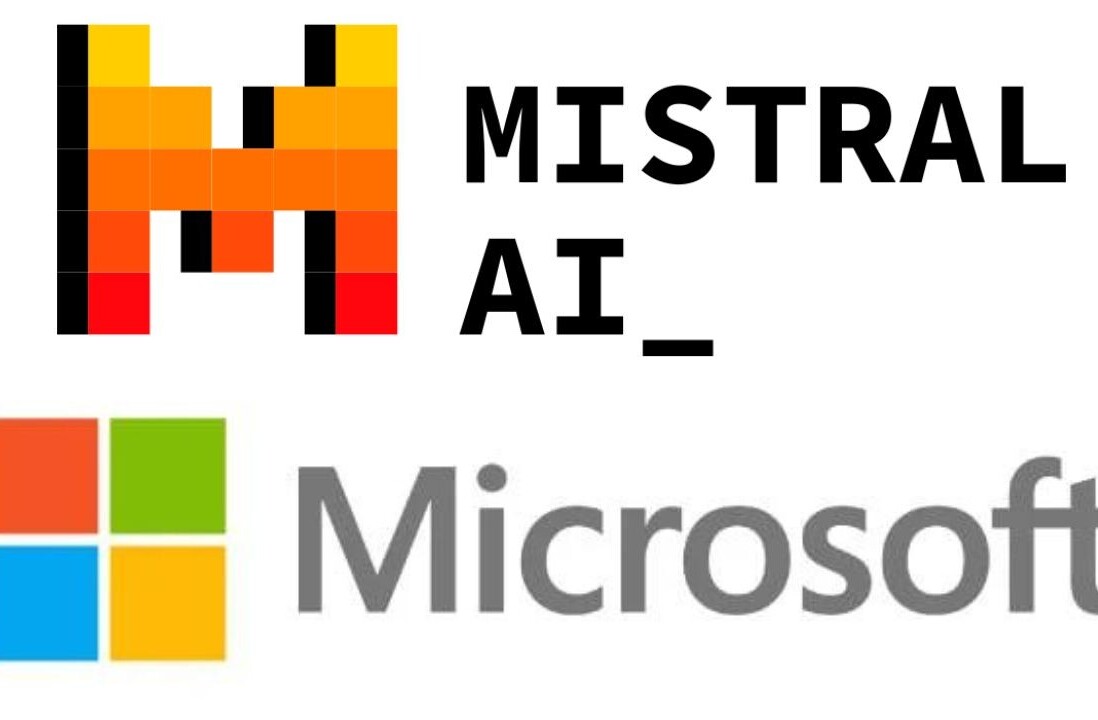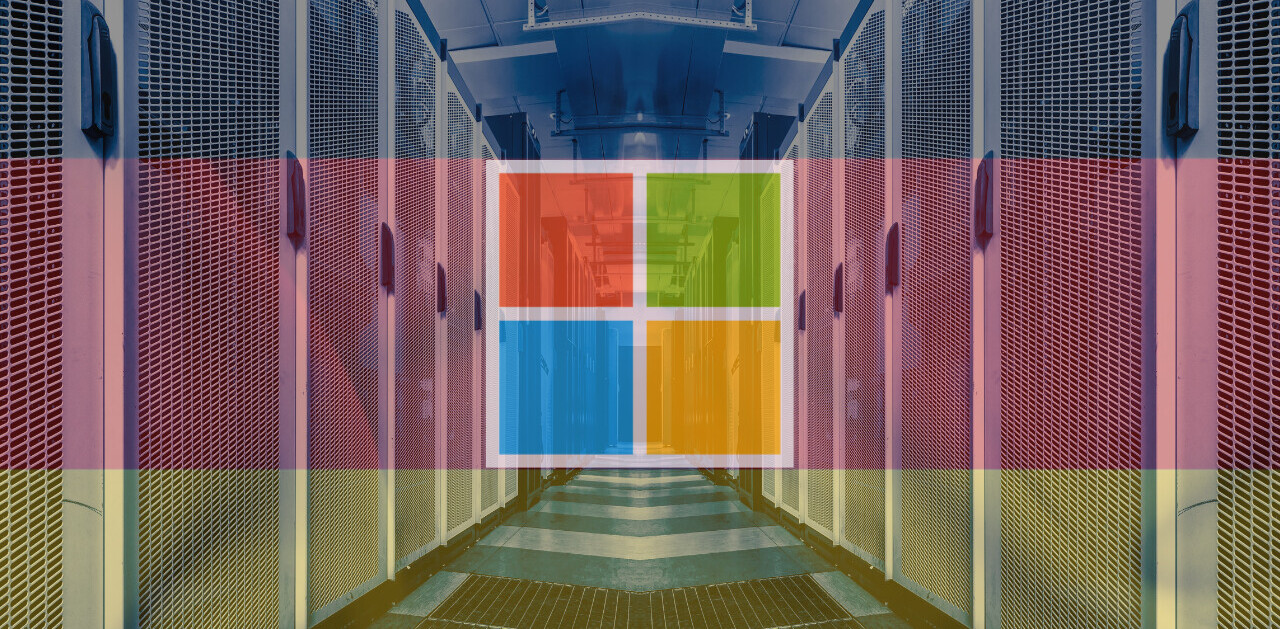
Microsoft has clarified that the next iteration of Kinect, the motion tracking peripheral unveiled alongside the Xbox One earlier this week, will be coming to Windows next year. We had previously known that the device would eventually be supported by Windows, but didn’t know when.
Unfortunately, Microsoft is keeping quiet in regards to how developers will actually be able to take advantage of the new Kinect; the firm simply stated that it will share more details at its BUILD conference next month.
Microsoft did share a number of potential use cases with us, however. The company highlighted how Kinect for Windows could be used in particular for “interactive displays in retail environments,” rehabilitation and fitness applications, as well as education and training software.
The company clarified that the existing Kinect sensor serves retail environments well, but that HD video will “make this a lot better,” especially for augmented reality displays. Microsoft also shared that the rehabilitation and fitness use case is “most exciting for us.” The company stated that the “need for extremely high precision human tracking is critical,” and the next generation Kinect features a whole new level of fidelity to make this possible.
New Kinect, new
The new Kinect offers an ultra wide-angle 1080p HD depth camera, which should offer professional recordings and video calls for apps such as Skype, as well as improve its sensitivity and practicality in small living rooms.
The device captures RGB color video at around 30 frames per second and comes with a few interesting parlor tricks, such as the ability to monitor the user’s heart rate. Kinect has always been an input device for the Xbox first and foremost, but it’s a fairly unique piece of hardware that has also attracted the attention of the modding community.
Who knows what Microsoft has planned this time around. Perhaps it will simply sell the peripheral separately and let developers do as they please, as before. Or, there’s a chance that the company will integrate it somehow with Windows 8, introducing a new user interface similar to Leap Motion.
We’ll just have to wait and see.
Get the TNW newsletter
Get the most important tech news in your inbox each week.






